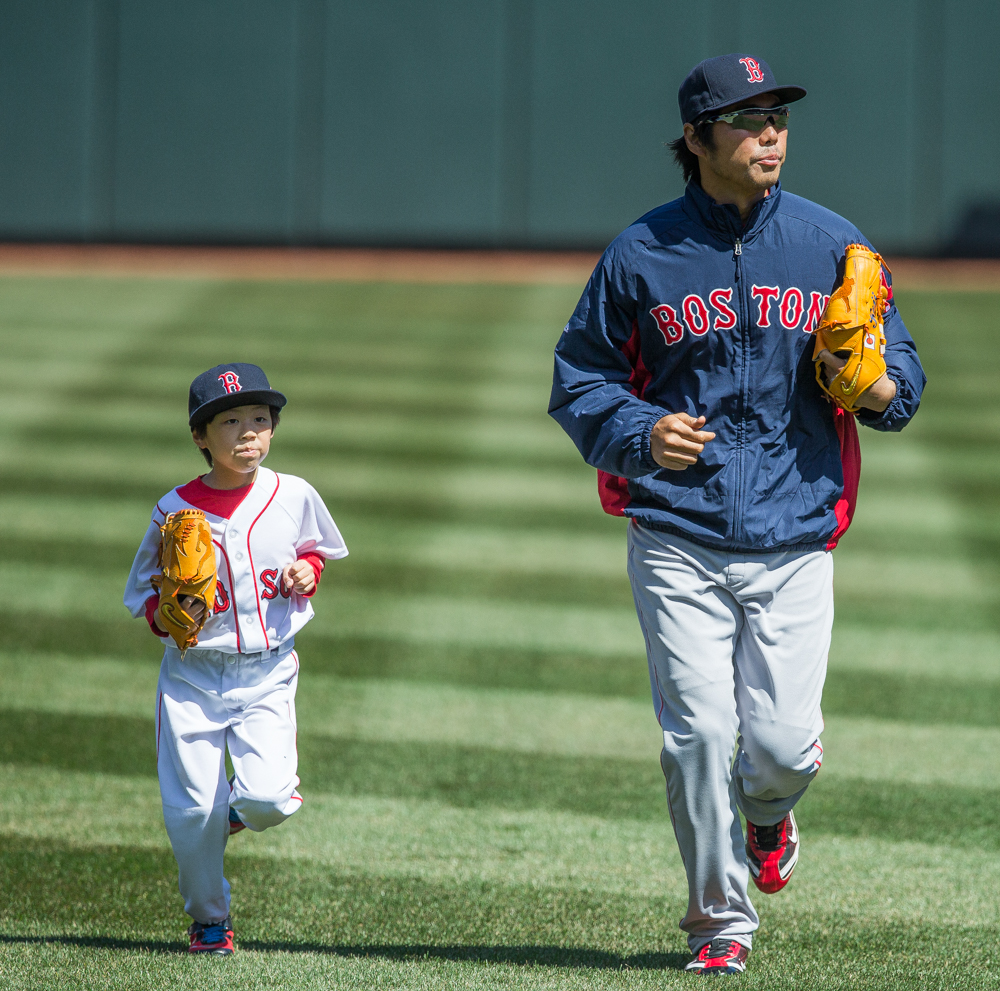Sunday Notes: Rangers Broadcaster Matt Hicks Learned a Lesson From Fat Jack
Matt Hicks has been Eric Nadel’s partner in the Texas Rangers radio booth since 2012. Prior to that, the Maryland native called games for the Frederick Keys (1989-1994), the El Paso Diablos (1995-2004), and the Corpus Christi Hooks (2005-2011). One month into his professional baseball broadcasting career, he learned an important lesson, courtesy of an incredulous Fat Jack.
“That first year in Frederick, we played in a Babe Ruth League park because the stadium was still being built,” Hicks told me recently. “Center field was 355 feet from home plate. As you can imagine, the stands were rudimentary; we had metal bleachers, we had a small roof. Anyway, it was April, freezing cold, and we were playing a doubleheader. There was hardly anybody there for the night portion — 100 people, if that.”
In the aftermath of a clumsy call of a boneheaded play, a voice punctured the chilly, nighttime air. Clear as a bell, it was directed at the rookie broadcaster.
“We had a runner on second base, and one of our guys laid down a bunt,” explained Hicks. “The play was made — the batter was thrown out — and when I looked up, I was expecting to see a runner at third base. He was still at second. I didn’t know what to say. When I got to that part of calling the play — the guy’s name was Scott Meadows — I said, ‘Meadows is still at second base; he didn’t go to third because…’ Then I paused and said something lame. I said, ’He didn’t have any choice.’
Cue up the choice words. Read the rest of this entry »


